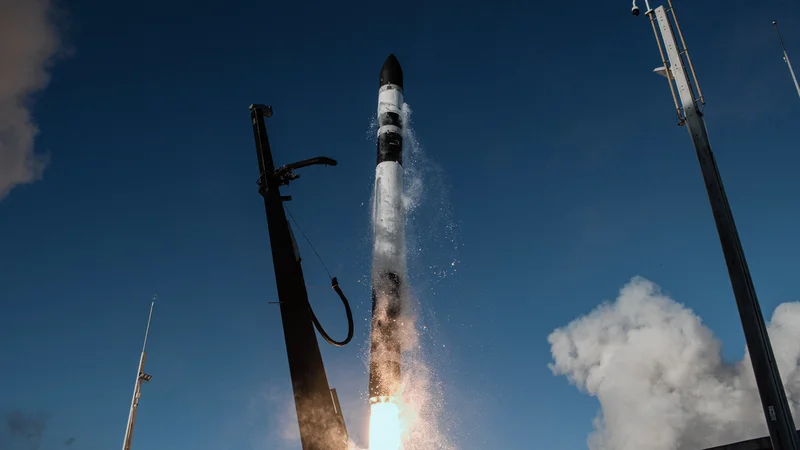Title: Blue Origin's Mars Shot Faces Solar Flare Reality Check
SpaceX is busy. Really busy. Two launches in two days, one from Florida, one from California. The first, a Starlink mission (6-89), lofted another 29 satellites into orbit from Kennedy Space Center. The second, out west at Vandenberg, carried the Sentinel-6B weather satellite. Both successful, both routine. That's the SpaceX narrative.
But tucked into the space news cycle is a different story: Blue Origin's ongoing struggle to get its New Glenn rocket off the ground. Originally slated for November 9th, then pushed to the 12th, the launch carrying NASA's ESCAPADE mission to Mars has been scrubbed again. This time, the culprit isn't weather, but space weather – a severe geomagnetic storm.
Solar Storms: More Than Just Pretty Lights
The Space Weather Prediction Center issued a "severe" geomagnetic storm watch, warning of potential interference with spacecraft. Blue Origin and NASA took notice, postponing the launch. Now, let's be clear: solar storms aren't new. They happen. But their increasing frequency and intensity are a growing concern for the space industry.
The question is, how much of a concern? Blue Origin cited the storm's "potential effects on the ESCAPADE spacecraft." But what does that actually mean? The ESCAPADE satellites are designed to study the solar wind and space weather around Mars. Wouldn't they be more resilient to solar activity, not less?
I've looked at hundreds of these launch delays, and the level of detail provided is often…sparse. What specific component was deemed vulnerable? What was the estimated probability of failure? These are the questions that keep risk managers up at night (and should be disclosed to taxpayers footing the bill).

The Martian Timeline: A Matter of Months, Or More?
The stated mission timeline has the ESCAPADE satellites arriving in Martian orbit in September 2027, with the science mission running from June 2028 to May 2029. That's a tight schedule, even without launch delays. Every postponement eats into the margin, potentially impacting the scientific return.
And this is the part of the report that I find genuinely puzzling. Blue Origin's previous New Glenn launch (its maiden flight on January 16, 2025) was only partially successful. The booster was lost during descent, though the upper stage reached orbit. A 50% success rate isn't exactly confidence-inspiring when you're entrusting a multi-million dollar NASA mission to it.
SpaceX, meanwhile, is racking up booster landings – 533 to date. That's not just bragging rights; it's data. Each landing provides valuable information on reusability and reliability. Blue Origin's single, partially successful launch provides…less.
Blue Origin's Long Road Ahead
The solar storm is a convenient scapegoat, but it also highlights a deeper issue: Blue Origin's delayed entry into the heavy-lift launch market. They're playing catch-up, and these repeated delays are only widening the gap. SpaceX is launching government weather satellites (Sentinel-6B) while Blue Origin is trying to launch satellites to Mars. The difference in operational tempo is stark. SpaceX to launch Falcon 9 rocket from California. Where, how to watch livestream
And let's not forget the FAA's curfew restrictions in California. While meant to ease the strain of the government shutdown, they add another layer of complexity for SpaceX, which is planning increased launches from California in 2026, including the Falcon Heavy debut.
